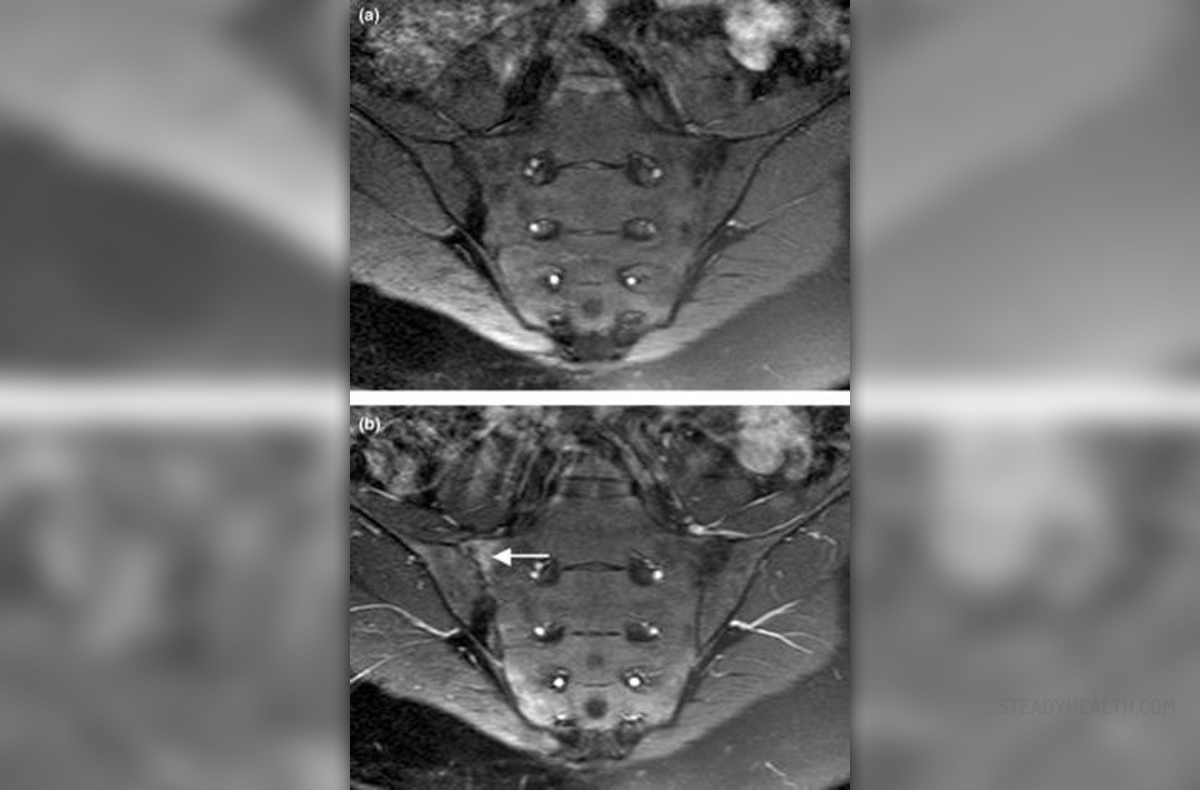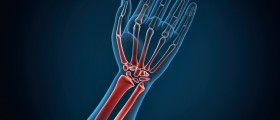
What are the sacroiliac joints?
The connection of the sacrum and the right and left iliac bones is what forms the sacroiliac joints. Sacrum is located in the lower portion of the spine, just below the lumbar spine. People should also know that it is triangular in shape. An interesting thing is that the sacrum does not move at all. It is also made of five vertebrae bones. Another thing that people should know is that iliac bones are the ones that make up the pelvis and it is the sacroiliac bones that connect the spine to the pelvis. A number of strong ligaments are what keep the iliac bones and the sacrum joints in place. Too much stress on the sacrum and pelvis will lead to them wearing off in time and arthritis.
What is sacroiliac dysfunction?
Sacroiliac joint problems are known by various other names like sacroiliac joint dysfunction, syndrome, strain and inflammation. All of these names are naming the condition which causes pain in the sacroiliac joints. There are various causes of this pain.
The causes of sacroiliac joint dysfunction
Just like so many other joints, the sacroiliac joints are also covered with a layer of cartilage. The cartilage is very important because it allows certain movements and also protects the joints from harm. When there is no more cartilage, the bones rub against each other and that leads to degenerative arthritis. In most cases of sacroiliac joint dysfunctions, this is the main cause. Pregnancy is another cause of sacroiliac joint dysfunction. It is normal for pregnant women to experience the release of hormones, which prepares them for the birth of a child by relaxing the ligaments. When the ligaments holding the sacroiliac joints relax, there is more pressure on the joints and they wear off more easily. Apart from these, there are many other causes that lead to sacroiliac joint dysfunction.
Symptoms
In almost all cases of sacroiliac joint dysfunction, the most common symptom is pain, especially lower back pain and pain in the back of the hips. It is difficult to determine the exact source of pain and that is why many tests are done. Stiffness and burning sensation may also occur.
Making the diagnosis Physical examination and the medical history of the patient are the first step in making the diagnosis. The source of pain needs to be isolated. Next step consists of an X-ray. MRI, CAT and CT are also performed in some cases.

















Your thoughts on this
Loading...